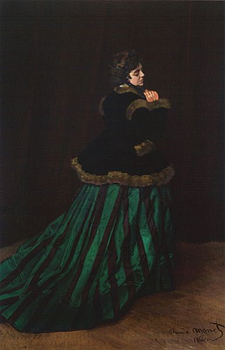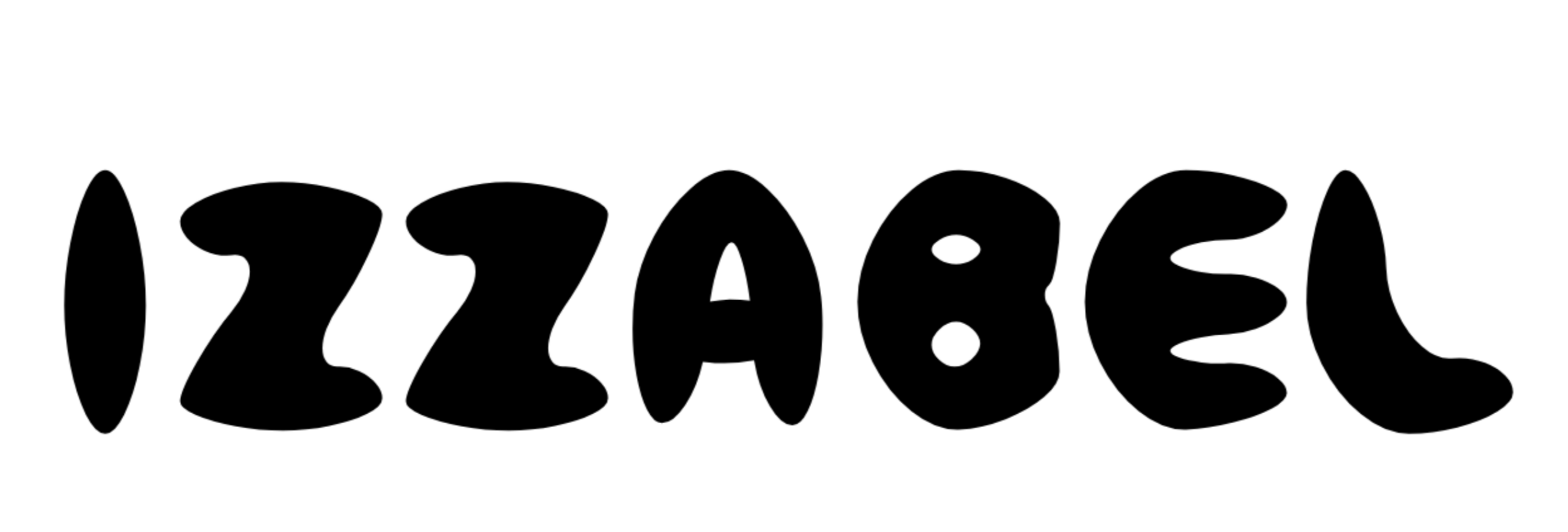
THE LIFE OF A FRENCH IMPRESSIONIST
Claude Oscar Monet was an influential French painter of the late 19th and early 20th centuries. Along with artists Renoir, Degas, and Cassatt, Monet is most associated with the Parisian art movement known as impressionism. Claude Monet is not only considered to be one of the most iconic French painters of all time, he is also credited with helping to create a very popular artistic movement.
Claude Monet was born in Paris in 1840. At age 11, he entered a school for the arts where he was able to pursue painting and drawing. In 1856, he met painter Eugène Boudin, an en plein air advocate who became his mentor. A few years later, a young model by the name of Camille-Léonie Doncieux entered his studio. She became Monet’s mistress and gave birth to their first child, Jean, in 1867.

As a young painter, Monet had two major artistic influences. The first was called EN PLEIN AIR, which means ‘outside.’ This style advocated capturing the naturalness of an open-air scene, as opposed to the controlled environment of a studio setting. The second was realism, a technique designed to represent the subject of a painting as accurately and with as much detail as possible in ordinary settings.

Born in Paris on November 14, 1840, he spent his childhood in the city of Havre (Normandy) where his family moved when he was five years old. Monet developed his passion over time, starting with caricature and then, encouraged by his father, painting, which he studied in Paris in 1859 at the Swiss Academy. Monet’s military service in Algeria in 1861 cut short his studies but he nonetheless continued to experiment with different artistic forms. Forced to return to Paris in 1862 following an illness he contracted (pleurisy), Monet met the Swiss painter Charles Gleyre and also worked with Alfred Sisley, Auguste Renoir and Frédéric Basille who all become his close friends.
During the second half of the 1860s, Monet painted in a style reminiscent of Edouard Manet. As he developed his own style, Monet faced some financial difficulties; despite the success of The Woman in a Green Dress (La Femme en robe verte) that immortalizes Camille Doncieux, whom he married in 1870, no art gallery would expose his work. Monet thus went to London at the same time the Franco-Prussian War broke out and there he met the art dealer Paul Durand-Ruel who would buy his works and help in making Monet’s impressionist paintings known.
A small part of the future impressionist group — Monet, Manet and Renoir — met up in 1872 in Argenteuil where the movement’s very first work, Impression, Rising Sun (Impression, soleil levant), was produced and which later gave its name to the movement. This painting was exhibited to the public during the first impressionist exhibition in 1874. This year would indeed mark the height of the impressionist movement and would define Monet as one of its creators. Despite criticism, the impressionists would produce six exhibitions until 1882. And Durant-Ruel’s continual purchases would allow Monet to live a decent life without having to participate in official art fairs.
Monet finally moved to Giverny with his partner Alice Hoschedé in 1883 along with her six children from a marriage to Ernest Hoschedé and with two children from Monet’s marriage (the youngest never knew his mother who died in labor in 1879). Giverny was a veritable haven for Monet. Despite numerous trips around France to gather inspiration, he bought the Giverny house and grounds in 1890; there the gardens would inspire him to create paintings that are today extremely famous such as the White Water Lily series (les Nymphéas). Monet died in his home at Giverny on December 5, 1926, surrounded by his family. Following his death, the Money Foundation was created to maintain the grounds and open it to the public.

MONET & PARIS
A group of wealthy artists and socialites known as the Society of French Artists dominated the Paris art scene. Each year, they held an annual art show called the Paris Salon, which was the biggest and most important gallery in the Western world. Presenting work at this exhibition was a huge step towards becoming a successful artist for all European painters, especially French ones.
Some of Monet’s early works were accepted to the Salon and praised for their careful depiction of light and shadows, a skill that would become a hallmark of Monet’s later style. However, the society refused many of his more innovative works. After repeated rejection, Monet, along with fellow avant-garde artists Pierre-Auguste Renoir and Camille Pissarro, founded a new artistic society, the Société Anonyme des Artistes Peintres, Sculpteurs, Graveurs, or ‘the Anonymous Society of Painters, Sculptors, Printmakers.’
IMPRESSIONIST STYLE AND CHARACTERISTICS
Impressionism tries to capture the essence of a scene rather than the stark reality through depicting a mood that reflects the impression left by a visual image. The results were hazy representations of landscapes or subjects created with loose, blotchy brush strokes. Impressionists often worked en plein air and were especially interested in the way light and shadows interacted. In order to catch the best light before it shifted, the paint was applied quickly, leading to thick, heavy strokes. Often, the paint created visibly protruding textures, adding depth and dimension. Bright, contrasting colors were preferable, and Impressionists avoided the use of black paint.
Monet and Camille married in 1870 and had a second son, Michel, in 1877. That same year, one of Monet’s friends, a department store magnate and Impressionist art collector named Ernest Hoschedé, went bankrupt. In dire straits, Hoschedé moved his wife Alice and their six children in with the Monet family in a suburb of Paris. Eventually, Ernest moved back to the city to work, leaving his family with the Monets.
The Waterlily Pond with the Japanese Bridge, 1899

BOOKS
Monet or The Triumph of Impressionism
Claude Monet: The Truth of Nature

